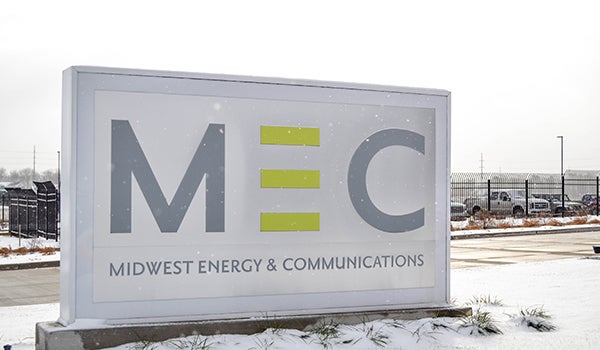Air quality could impact courthouse plans
Published 10:37 am Monday, May 6, 2013
CASSOPOLIS — There are as many possibilities for the 1899 courthouse as there are people in Cass County, but its future could come down to environmental considerations.
County commissioners heard a 40-minute presentation by County Administrator Louis Csokasy Thursday night at their Committee of the Whole, including lessons learned from the last such undertaking 40 years ago.
For the first time, air quality concerns figure in the discussion.
April 17 the county received a report that the first floor of the courthouse has initial signs of adverse fungal growth. The annex and second and third floors tested clear.
An environmental firm was contracted for $4,780 from the capital improvement fund to retest those areas and to devise a remediation plan.
Based on the extent of remediation, this could significantly alter plans.
Maintenance Supervisor Dave Dickey said, “We’ll actually get a re-occupancy permit for the building when this study is completed and retested. They’ll do the testing (this) week. It takes 48 to 72 hours to get results back. I’ve done three air-quality tests since it closed, about once every three years. They all came back good except this one’s suspect numbers.”
“That’s the first step, to make sure this building still is usable,” Dowagiac Commissioner Clark Cobb said. “If they came back and said the building is contaminated with toxic mold, you can’t use it, we’ve done a lot of work for nothing.”
“It’s going to be a controversial project,” Csokasy said. “There’s no way around that. There are as many possible uses for the courthouse as there are people in Cass County, which is about 50,000. Be prepared for a little controversy.”
His staff compiled a five-page history “of how intense the conversation was back then” from the Dowagiac Daily News, Cassopolis Vigilant, Marcellus News, South Bend Tribune, county records and history books.
“It started in 1971 and finished in 1976. It was about a five-year project,” he said. “It takes longer than you think.”
Commissioners decided to build the annex office building for $130,000 in August 1970. It opened in May 1971 to house the Health Department and Department of Social Services and today contains 911 central dispatch.
Voters on Nov. 4, 1971, approved establishing a two-year sinking fund for 1972-73 to remodel the county’s third courthouse, built in 1899 of wood with limestone veneer for $60,000. The project eventually cost $1,393,423.
“The project grew,” Csokasy said. “We can’t allow a project, once it’s set, to grow. We need to involve the community in anything we do, but after plans are set, the operative word is, ‘No, it’s not in the plan.’ ”
In 1977, commissioners bought 23 acres along M-62 at the northwest end of the village and, with a federal grant, built Cass District Library, eventually followed by the jail. In 1995, the county acquired 49 adjoining acres, with 13 deeded to the Cass County Building Authority for the Law and Courts Building, which opened in 2003 and shuttered the 1899 courthouse.
“We need to really explain our intent and bring citizens alternate plans” which will be developed by a committee led by Building Authority Chairman Bill Saunders, Silver Creek Township supervisor. Forty years ago he helped Niles preserve its Carnegie library now home to Four Flags Area Chamber of Commerce.
It rankles some commissioners that Csokasy recommends a working group devoid of board members to “oversee” planning, since commissioners are the “ultimate deciders.”
The recommended working group would consist of Csokasy, Saunders, a Building Authority alternate, County Treasurer Linda Irwin for financial expertise, a Village of Cassopolis representative, a maintenance manager for facilities expertise, an architect, historical preservation community and Economic Development Corp. representatives and a citizen experienced in interior layout and design.
Having commissioners could stifle free dialogue “because they know you handle the money. They will not put forth their full feelings. I’d rather not have commissioners at my meetings,” Saunders agreed.
“The process, once agreed on, can lead to a decision. This proposal sets up a framework from which you can make all the changes you want. You have to say, ‘Yes, we’re ready to do something with the courthouse’ or not. Once you decide on a plan, you’ll go back to Bill and the Building Authority, which will develop detailed costs. The team developing three to five options for the vintage courthouse will not be a short process. Each usage will have a design showing the layout of the building and a description of the proposed changes contemplated by floor, an estimated cost developed and a timeline for the project’s completion. The Board of Commissioners would then approve a proposed usage.”
That could be 2014, with renovation, construction or demolition foreseen into 2016.
Csokasy estimates it costing $13,100 in the coming year to evaluate the condition of HVAC and electrical systems after nine years of disuse, plus another $10,000 in architectural fees for exterior views of the annex and courthouse and courthouse floor layouts. Code analysis could be accomplished without additional cost with a study done in 2007.
Dowagiac Daily News






